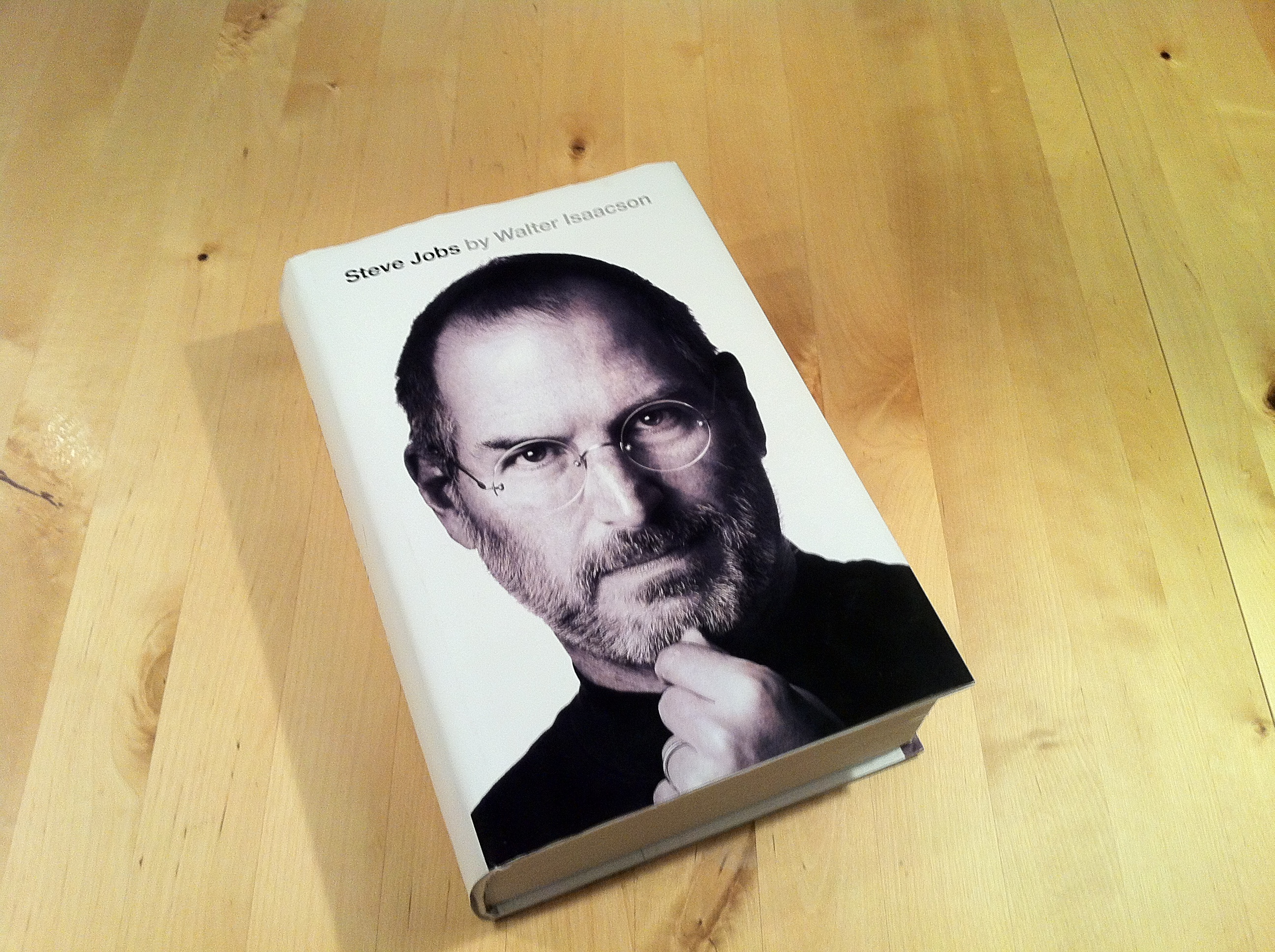 Shortly before Christmas, Mashable has published a great list of 20 Life Lessons from Steve Jobs as a summary for everyone who didn’t want to read the whole 600 pages biography.
Shortly before Christmas, Mashable has published a great list of 20 Life Lessons from Steve Jobs as a summary for everyone who didn’t want to read the whole 600 pages biography.
Now after I am done with the intense book of Walter Isaacson myself I want to add eight more lessons, focusing on his leadership. I agree with Mashable’s author Lance Ulanoff that Jobs certainly had his difficult sides and bad traits. But I also think we still can learn a lot from the man who built one of the most successful companies existing today.
1. Passion, not profit, must be your motivation
These quotes say it all: “My passion has been to build an enduring company where people were motivated to make great products. Everything else is secondary. Sure, it was great to make a profit, because that was what allowed you to make great products. But the products, not the profits, were the motivation.“
“I have my own theory about why decline happens at companies like IBM or Microsoft. The company does a great job, innovates and becomes a monopoly or close to it in some field, and then the quality of the product becomes less important. The company starts valuing the great salesman, because they’re the ones who can move the needle on revenues, not the product engineers or designers. So the salespeople end up running the company.“
“The Zune was crappy because the people at Microsoft don’t really love music or art the way we do. We won because we personally love music. We made the iPod for ourselves.“
2. The customer is not always right
“Some people say, ‘Give the customers what they want.’ But that’s not my approach. Our job is to figure out what they’re going to want before they do. I think Henry Ford once said, ‘If I’d asked customers what they wanted, they would have told me, a faster horse!’“
3. Instilling a clear and lasting corporate culture is key
In order to create a clear corporate culture, Jobs started an in-house center called Apple University, with high profile teachers even including top Apple executives.
4. Focus. Intensely.
Isaacson writes: “The ability to focus saved Apple.” Indeed when Steve Jobs came back in 1997, Apple had dozens of versions of the Macintosh. The first thing he did was to reduce the number of products to just four. In his first year back, Jobs laid off more than three thousand people. First the company was loosing $ 1.04 billion. After his first quarter it was profitable again.
5. Combine the big and the small picture
The ability to focus also made it possible for him to be engaged in the products themselves, which was also the reason why people identified Steve Jobs so much with Apple. Isaacson writes: “Some leaders push innovation by being good at the big picture. Others do so by mastering details. Jobs did both, relentlessly.”
Paul Vidich from Warner Music is quoted saying: “Unlike any other CEO, he was totally engaged with the product.“ For example, which CEO would have cared about the cover of a single product? Jobs did so with the iPad2, making sure ugly third party covers did not destroy the beauty of his product.
6. Mistakes are your friends
“What prepared him for the great success in Act III was not his ouster from his Act I at Apple but his brilliant failures in Act II.“ – Walter Isaacson
7. It’s actually good to have many meetings
Many companies would pride themselves on having few meetings. Jobs had many. Jobs explained: “Our method was to develop integrated products, and that meant our process had to be integrated and collaborative.”
We might think somebody like Steve Jobs would suggest email and iChat should replace old-school face-to-face conversations. But Jobs was a strong believer in face-to-face meetings. He said: “Creativity comes from spontaneous meetings, from random discussions. You run into someone, you ask what they’re doing, you say ‚Wow,’ and soon you’re cooking up all sorts of ideas.“
Jobs built the Pixar headquarters in a way that people would meet constantly. He even suggested having only two bathrooms in the whole building (!) so people would meet as frequently as possible.
8. Sometimes you need to push the rewind button
Almost everything that he had done correctly had required a moment when he hit the rewind button. In each case he had to rework something that he discovered was not perfect – and he was proud of that fact. He did it from Toy Story to the concept for the Apple Stores. „If something isn’t right, you can’t just ignore it and say you’ll fix it later. That’s what other companies do.”
>> Leadership & Communcation Facebook Gruppe<<
Du willst zum Thema mit anderen, die sich auch dafür interessieren, diskutieren und connecten? Dann werde Mitglied meiner Facebook Gruppe Leadership & Communication.